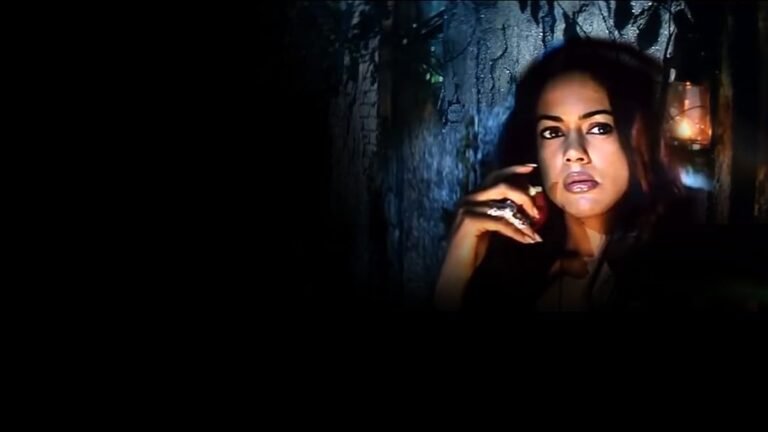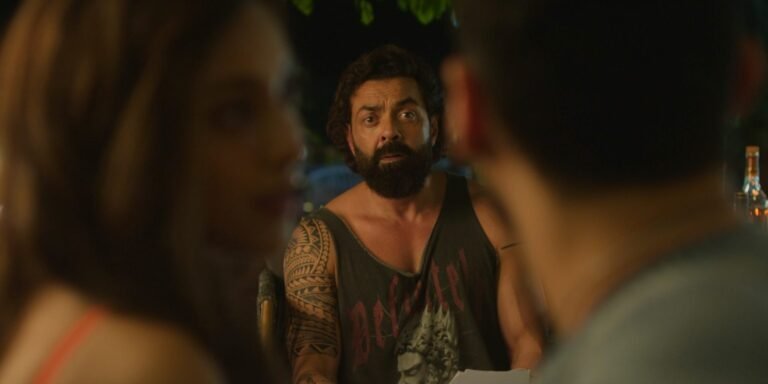True crime documentaries have become all the rage over the last decade, and it’s something about their inherently macabre nature that the audiences can’t glue their eyes away from. It’s hard to put the exact feelings in words, but our society has a certain fascination with crimes that are very horrific, maybe because the average person cannot fathom it in their wildest dreams.
On that note, the Jolly Joseph case is one that made national headlines due to its truly bizarre nature. A respectable woman allegedly killing her family members, that too with cyanide? This is practically unheard of in the country.
So, while we won’t be dissecting the merits of the case today — firstly because she is yet to see her day in court and secondly because there are experts who have gone into depth about the various theories — let’s talk about whether Curry & Cyanide: The Jolly Joseph Case is able to do the case justice and present it in objective manner.
Curry & Cyanide: The Jolly Joseph Case Review — A Deep Dive
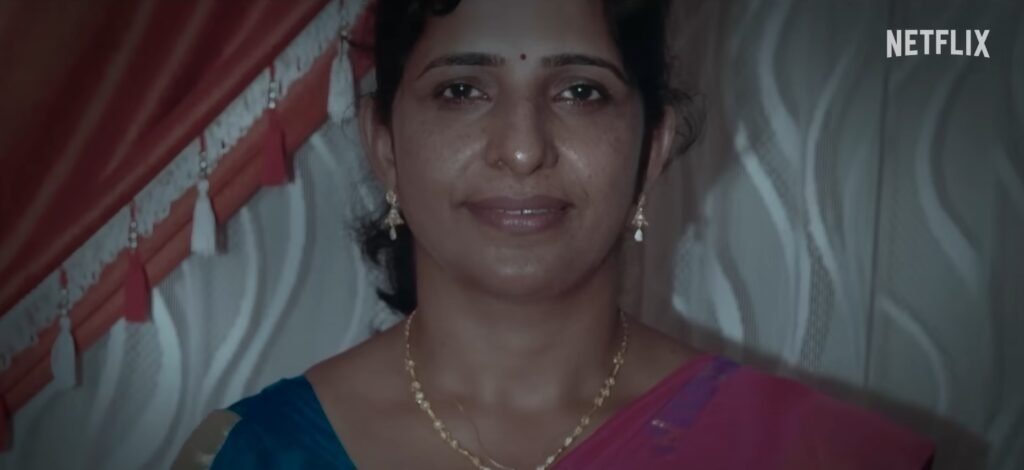
As per CNN, only 6.7% of women in India get arrested on charges of murder. So with this context in mind, Joseph’s case was bound to grab eyeballs since it first broke in the news cycle.
Now, with Curry & Cyanide: The Jolly Joseph Case, the story has come back to the forefront.
The documentary does a good job of taking the viewer to the village of Koodathayi, where Joseph lived with her family and the alleged murders transpired. The filmmakers have taken the pain to explore what her life would have really looked like, and they also weaved in news reports from before to try and give viewers the relevant context.
It is engaging, well-paced, and well-researched; it will walk you through the sequence of events and provide accounts from various family members and experts about what allegedly happened — and what some alternative theories could be.
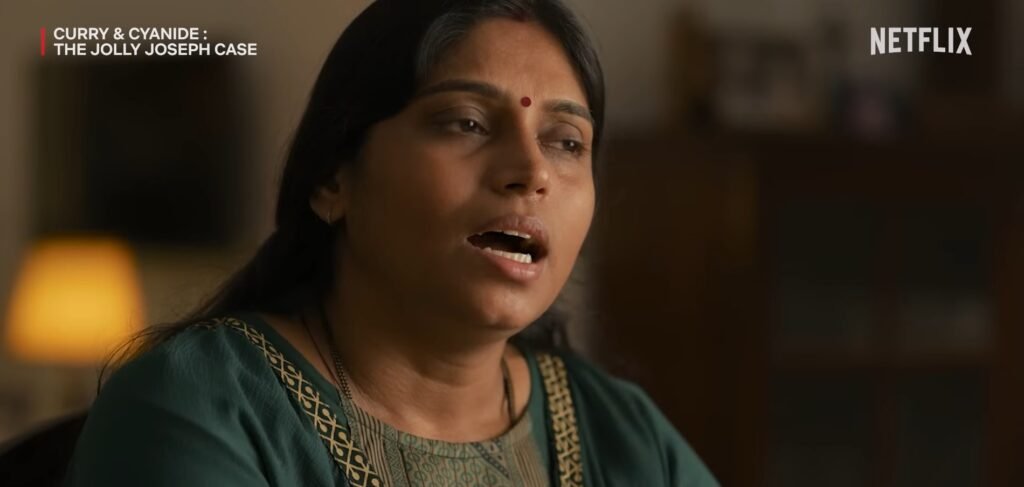
Fortunately, it does not trivialise the case to provoke an emotional response from the viewer or exploit the tragedy for its own promotion. It’s able to walk this fine line between being informative and engaging, something that can be hard for a true crime documentary to achieve without losing some objectivity.
In that sense, Curry & Cyanide: The Jolly Joseph Case is truly one of the better true crime documentaries to have come out in recent times.
For me, what stood out the most was that while Curry & Cyanide: The Jolly Joseph Case spent the majority of its time focusing on Joseph’s alleged crimes, in the end, it actually felt like the story was more about her sister-in-law, Ranji Thomas, who has fought high and low to try and get her deceased family members the justice they deserve.
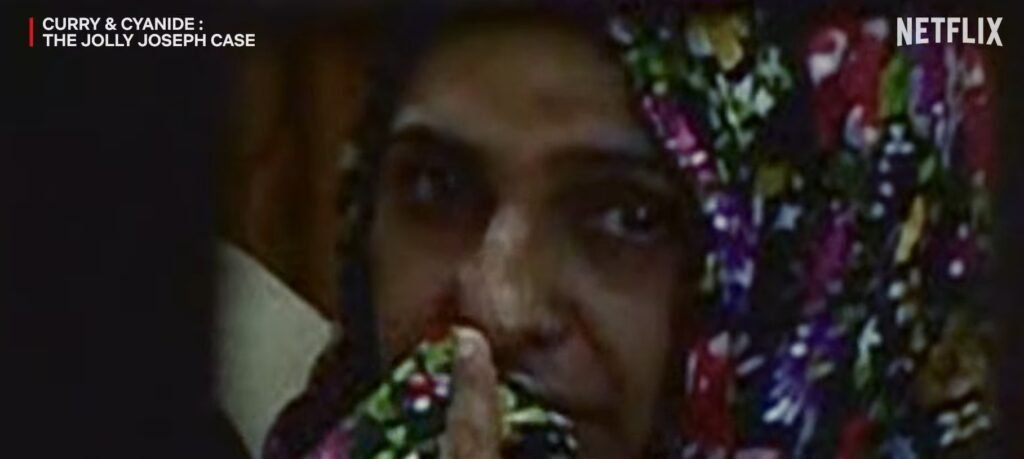
Thomas’ interview forms the bulk of the documentary — and her story, too, is truly incredible. After all, in the case of the Koodathayi murders, it was not the police, but Thomas and her brother, who proved to be instrumental in uncovering the purported crimes.
Hence, Curry & Cyanide: The Jolly Joseph Case inadvertently “pits” two very different kinds of women against each other. One is Joseph, who allegedly killed her family members — and others — for personal and financial gain; the other is Thomas, who took things into her own hands when she saw Joseph’s account not adding up.
It makes for a very interesting dichotomy, one that isn’t really the point of the documentary but serves as an excellent storytelling tool nonetheless.
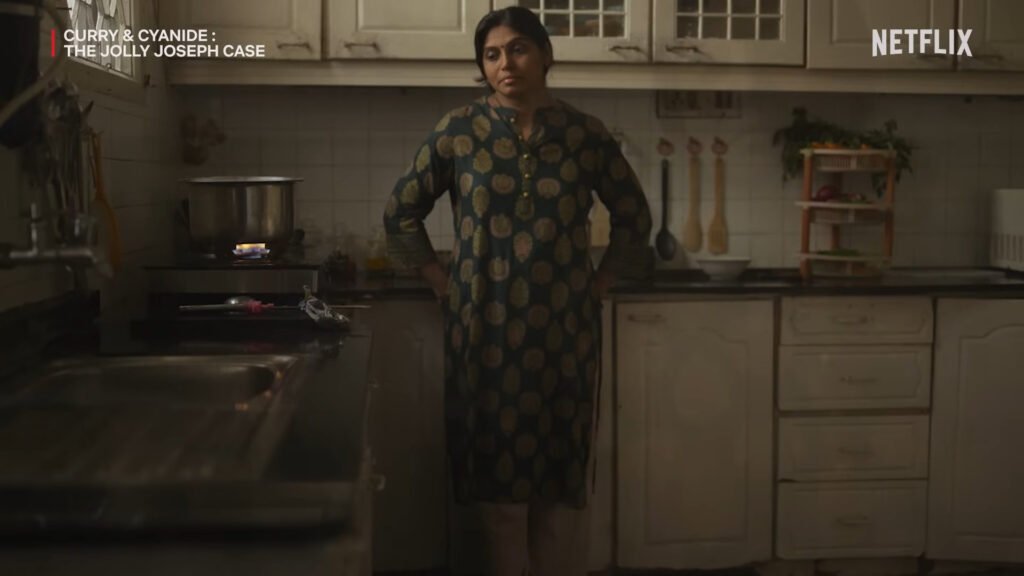
However, one minor critique that could be made against Curry & Cyanide: The Jolly Joseph Case is that since there are still many doubts in the case, more time could have been spent on exploring those theories as well.
While it features interviews from a journalist and Joseph’s lawyer, who did not shy away from pointing out the flaws in the official theory, it didn’t spend enough time diving deep into these contradictions. Some of these points seemed to be an afterthought — but had the filmmakers investigated these claims more, it could have provided a better picture of where the case stands.
Nonetheless, Curry & Cyanide: The Jolly Joseph Case is a good true crime documentary that you must check out to get a fair idea of what apparently happened during those dark years in Koodathayi.





